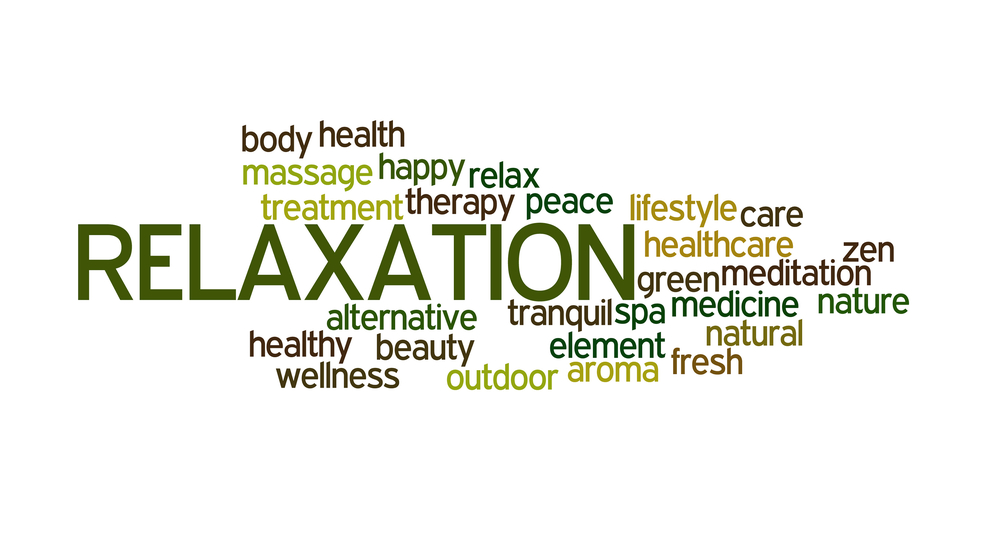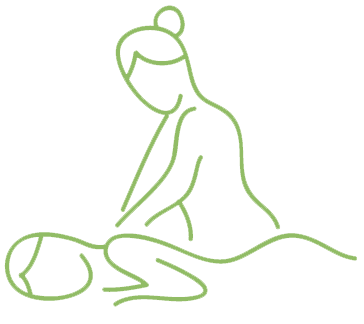
MIGRAINES AND MASSAGE: WHAT YOU SHOULD KNOW
Every migraine sufferer takes some form of medication to help them control pain. From preventive to abortive medications, over-the-counter and prescribed medicines, they’re all on the go-to list when pain strikes or threatens.
A remedy that many find effective, but not so many seek out, is massage. As a therapy, massage can help relieve muscle spasms, it can improve blood flow and circulation, relieving tension and promoting relaxation. It has been shown to be helpful in bringing relief for both tension and vascular headaches.
Although few studies have been done on the effectiveness of massage therapy in the treatment of migraine, one performed by the University of Miami School of Medicine tested two groups of migraine sufferers. In the first group, the control, participants took their normal medication but received no massage. In the second group, massage was added weekly to normal medication. Those in the massage group not only suffered no migraine headaches during the course of the study, they also slept better and had increased serotonin levels.
The most favorable massage routine seems to be for deep tissue work in between migraine attacks. Because many migraine sufferers experience extreme sensitivity to touch, and many find any movement increases pain levels, deep tissue massage during an attack would be out of the question. However, light hand or foot massage during pain could help. It is thought that massaging these areas improves the circulation, helping to reduce pressure in the head which is often a contributory factor.
TOP REASONS WHY MASSAGE MAY HELP MIGRAINES
- Muscle Spasms or Tension: Massage in the neck and shoulder regions can help to relax taught bands of tissue, loosening the sub-occipitals (those muscles attached to the base of the skull), which cause pain through tension that travels up through the back of the head and into the eye areas.
- Hormone Regulation: Hormonal chemical changes often trigger migraines. Cortisol, commonly known as the stress hormone, can be controlled by massage therapy, which also increases endorphin production as well as stimulating the parasympathetic nervous system.
- Decrease Trigger Point Pain: Neuromuscular therapy, also known as trigger point therapy, targets hyper-irritable, tender, tissue areas that can refer pain to other parts of the body.
- Improved Circulation: Massage has been shown to increase blood flow, which in turn improves oxygen levels and can help reduce pain.
TYPES OF MASSAGE FOR MIGRAINE
There are several types of massage that may help to relieve migraine pain. Not intended to totally replace normal migraine medications, many sufferers nevertheless find one or more of these therapies an effective additional weapon in the ongoing migraine battle:
Deep Tissue Massage Therapy: The name refers to a specific massage technique in which slow strokes, using deep finger pressure, are applied to specific areas in the body with muscle tension. It uses a combination of movement, pressure and stretching to ease discomfort and aid relaxation. If you’re not sure whether this kind of massage could have a beneficial effect on your migraines, your doctor may be able to advise. It could also be helpful to speak with the massage therapist, asking if they have experience with treating migraine sufferers.
Craniosacral Therapy: This type of massage focuses on your skull and scalp. It can soothe the nerve endings and help to alleviate your headaches.
Reflexology: Working on the theory that various zones in the soles of the feet correspond with other areas of the body, reflexology practitioners manipulate and stimulate those zones in the feet to bring relief from pain in head areas. Many migraine sufferers find this helpful, as well as massage of the hands and fingers.
Neuromuscular Massage: Believed by some practitioners to reduce nerve compression, the therapist targets specific spots within a muscle that are sensitive or painful to touch. This type of massage is also known as trigger point massage.
Not all types of massage will be suitable for all migraine sufferers or all types of migraine headache. Deep tissue massage, for instance, may actually worsen the migraine if the pain has already started.
If you decide to seek massage therapy, it’s important to remember that it should never take you beyond your comfort levels. Particularly with deep tissue massage, if you feel yourself tensing up or your heart starts racing, the effect is likely to be counter-productive. Don’t be afraid to ask the therapist to ease up, reduce pressure, or stop altogether.
For some people, massage is not recommended. Those with varicose veins, anyone with a recent sprain or fracture, any nerve injuries or recent radiation or chemotherapy are not suitable. Pregnant women should also consult their doctor before undergoing massage. For most other migraine headache sufferers, it is a viable and potential alternative, or additional, source of pain relief.



0 comments